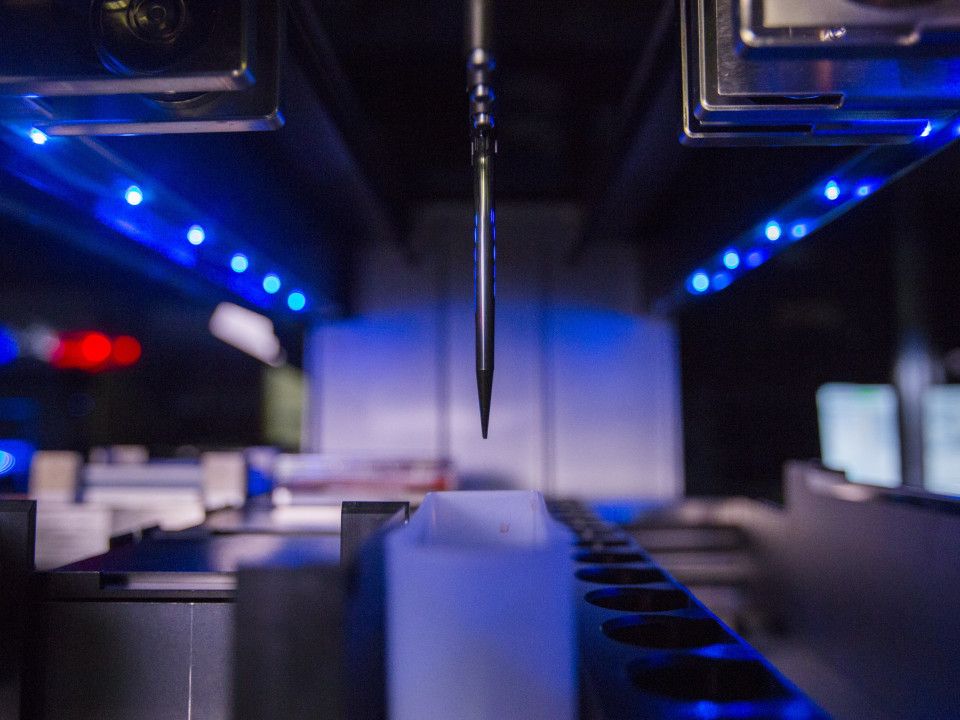Jul 5, 2014
We might finally have our robotics revolution, and smartphones are to thank
Posted by Seb in category: robotics/AI
Daniel Faggella — Beta Boston

Looking back to 1950s predictions of what robots might be capable of in the year 2000 is nothing short of humorous — unless you’re in the field of robotics, where the lack of consumer progress can be frustrating. Besides the Roomba, home robotics still has not hit the mainstream, but that might be set to finally change.
The secret to the latest push for home robotics is the technology already sitting in our pocket. The mobile phone.
















